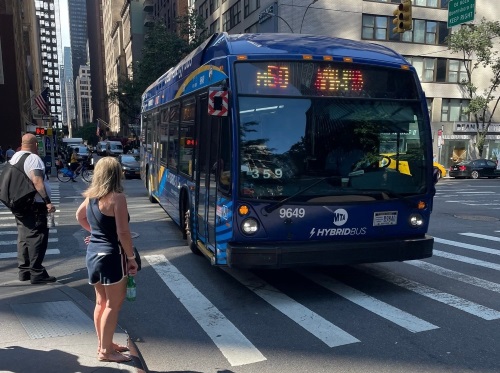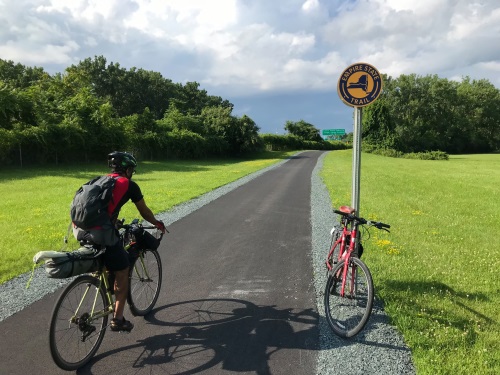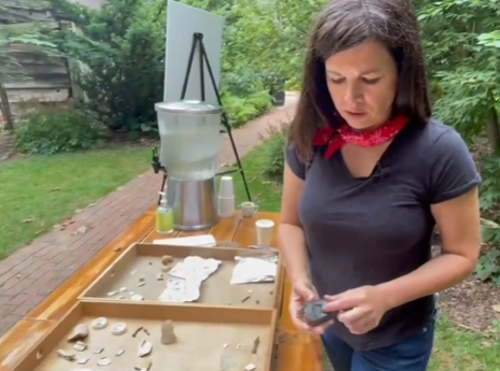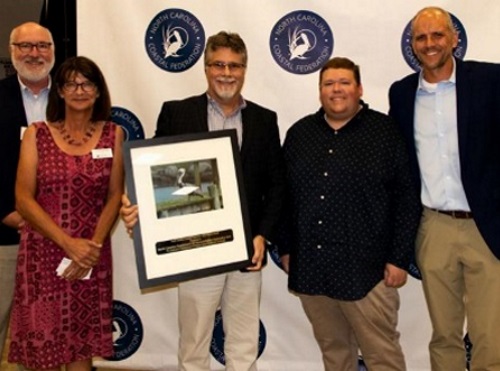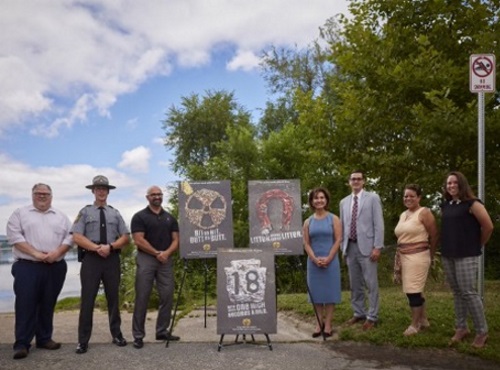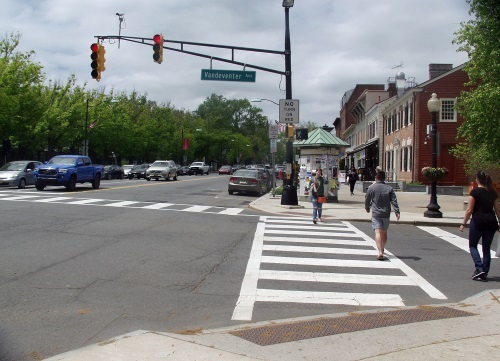FEDERAL ACTION
USDOT Issues Over $2B in New RAISE Grants – AASHTO Journal
AASHTO Comments on Clean Water Certification Rule – AASHTO Journal
FHWA Announces $100 Million in Grant Awards, $125 Million in New Funding Availability for Nationally Significant Federal Lands and Tribal Projects – FHWA (Media release)
FHWA Announces $45.7 Million Grant to Alaska’s Native Village of Eyak to Improve Multi-Modal Transportation Access to Oil Spill Response Facility – FHWA (Media release)
COVID-19
More stringent COVID restrictions linked with better air quality – Harvard University
INFRASTRUCTURE RESILIENCE AND SUSTAINABILITY
NCDOT Hydraulics Unit Wins Water Quality Award – AASHTO Journal
Kentucky transportation secretary gives update on flood recovery, points to lessons from tornado outbreak – WKMS Radio
Burying just 5 percent of power lines can improve resilience in hurricane-prone regions The Hill
Dulles solar farm would be the nation’s largest at an airport – Washington Post
A Frustrating Hassle Holding Electric Cars Back: Broken Chargers – New York Times
1 million square feet of L.A. roads are being covered with solar-reflective paint – Fast Company
Ports Employ Solar Power in Efforts to Improve Environment – The Maritime Executive
Hit by Wet Weather and Mudslides, Pittsburgh Seeks New Ways to Adapt – Route Fifty (Commentary)
Governor announces first ever Nevada Infrastructure Summit – Nevada Governor’s Office (Media release)
AIR QUALITY
How 3 US cities are protecting air quality – despite the West Virginia v. EPA Supreme Court ruling – CDP
New NACTO Report: Improving Bus Service is Key to Fighting Climate Change – National Association of City Transportation Officials
L.A. is spending tens of billions of dollars to make climate change and traffic worse – Los Angeles Times (Op-ed)
Metra to create battery-powered locomotives – Metra (Media release)
ENVIRONMENTAL JUSTICE
Ideas abound as USDOT eyes wheelchairs in the cabin – Runway Girl Network
‘This is the tip of the iceberg’ – Colorado is tracking pollution in the state’s most impacted communities – Colorado Public Radio
NATURAL RESOURCES
PennDOT Helps Launch New Anti-Littering Effort – AASHTO Journal
FHWA Announces $54.3 Million Grant to National Park Service to Improve Safety along Natchez Trace Parkway in Mississippi – FHWA (Media release)
FHWA Providing National Park Service $11.7 Million in ‘Quick Release’ Emergency Relief Funding to Repair Flood Damage in Death Valley National Park – FHWA (Media release)
EPA Announces Availability of $3.6 Million for Tribes to Protect and Expand Critical Wetland Habitats – EPA (Media release)
CULTURAL RESOURCES
Maryland DOT Archeologists Excavate Iron Furnace Site – AASHTO Journal
Too Darn Hot: How Summer Stages Are Threatened by Climate Change – New York Times
Chapel Hill Art + Transit partners with local artists for LGBTQ+ themed designs – Daily Tar Heel
Vienna: A city in the fast lane of the smart mobility revolution – GovInsider
HEALTH AND HUMAN ENVIRONMENT/ACTIVE TRANSPORTATION
Gates added to Park City, Utah pathways to make bicycling safer for riders – Park Record
New Pa. state park near Lehigh Valley to be first dedicated to ATVs, other motorized recreation – Morning Call
Oregon to take steps to reduce the risk of suicides at Astoria Bridge – Daily Astorian
How Evolutions in Transportation and Mobility Are Creating Opportunities within the Built Environment – MarketScale
Why Golf Carts Are A Transportation Mode Of The Future – Slate
New York City’s Greenways Get Another Boost as Officials Plot Expansion – Gotham Gazette
Bolt Mobility abandoned electric bikes all over US cities. Here’s what’s happening to them – Electrek
TRB RESOURCES/ANNOUNCEMENTS
Untangling Major Societal Issues on the Road to Environmental Health – TRB
FEDERAL REGISTER NOTICES
Announcement of Fiscal Year 2022 Low or No Emission Program and Grants for Buses and Bus Facilities Program and Project Selections – FTA (Notice)
Notice of Final Agency Actions on Proposed Railroad Project in California on Behalf of the California High Speed Rail Authority – FRA (Notice)
Notice of Intent To Prepare a Draft Tiered Environmental Impact Statement for the New York and New Jersey Harbor and Tributaries Coastal Storm Risk Management Feasibility Study – Army Corps of Engineers (Notice)
Approval and Promulgation of Air Quality Implementation Plans; New Jersey; Regional Haze State Implementation Plan for the Second Implementation Period – EPA (Proposed rule)
Notice of Intent To Prepare an Environmental Impact Statement for Model Years 2027 and Beyond Corporate Average Fuel Economy Standards and Model Years 2029 and Beyond Heavy-Duty Pickup Trucks and Vans Vehicle Fuel Efficiency Improvement Program Standards – NHTSA (Notice; request for scoping comments)
Security Zone; Port of Miami, Florida – Coast Guard (Notice of proposed rulemaking)
National Towing Safety Advisory Committee; September 2022 Meeting – Coast Guard (Notice)
Board Meeting – Nuclear Waste Technical Review Board (Notice)
Notice of Availability of the Deepwater Horizon Oil Spill Alabama Trustee Implementation Group Alabama Swift Tract Living Shoreline Project: Final Supplemental Environmental Assessment – National Marine Fisheries Service (Notice of availability)

